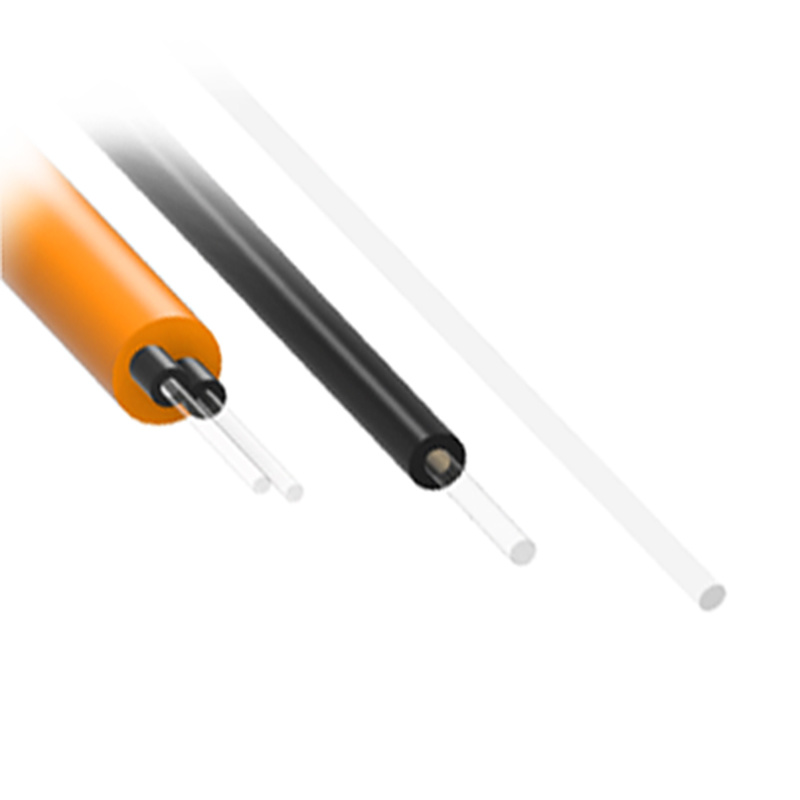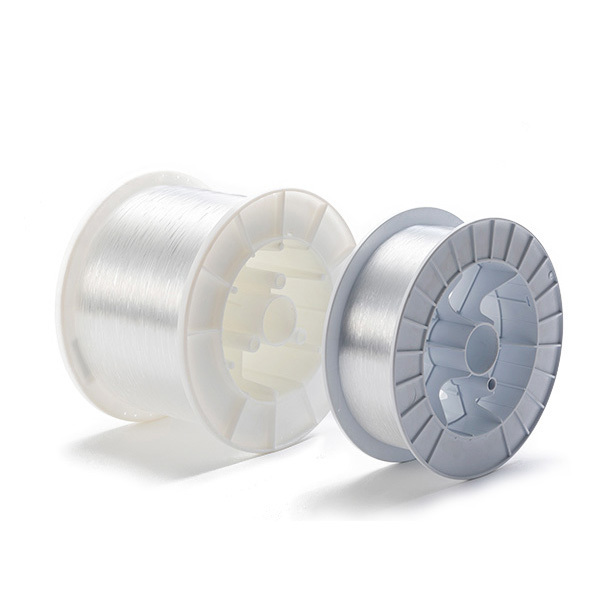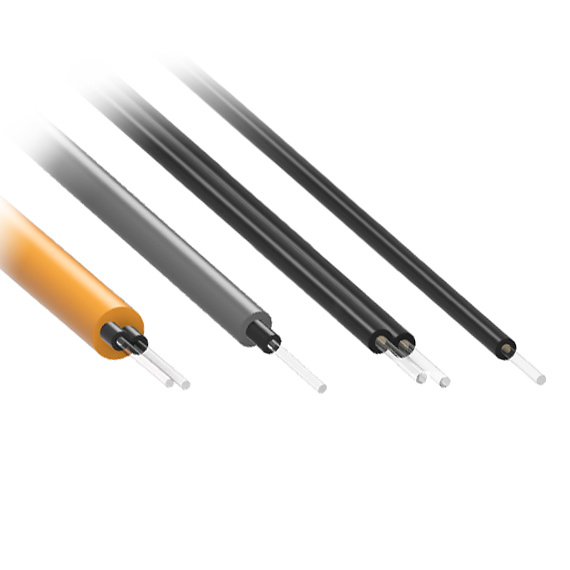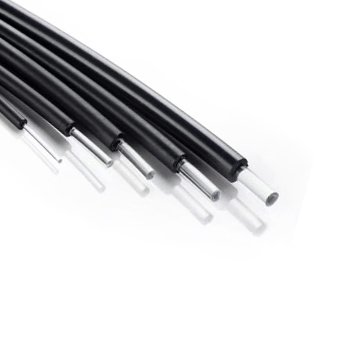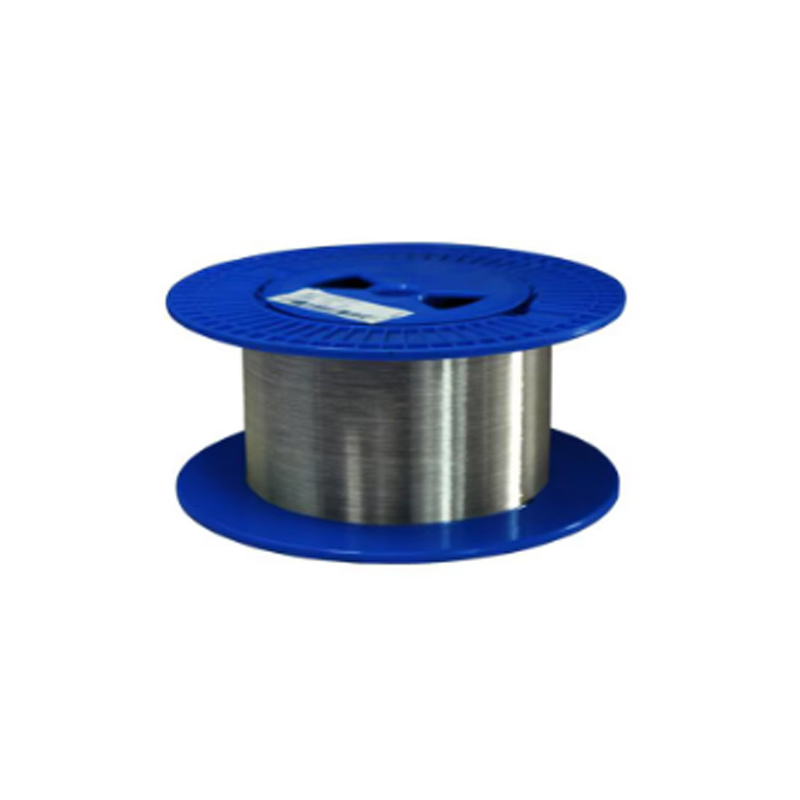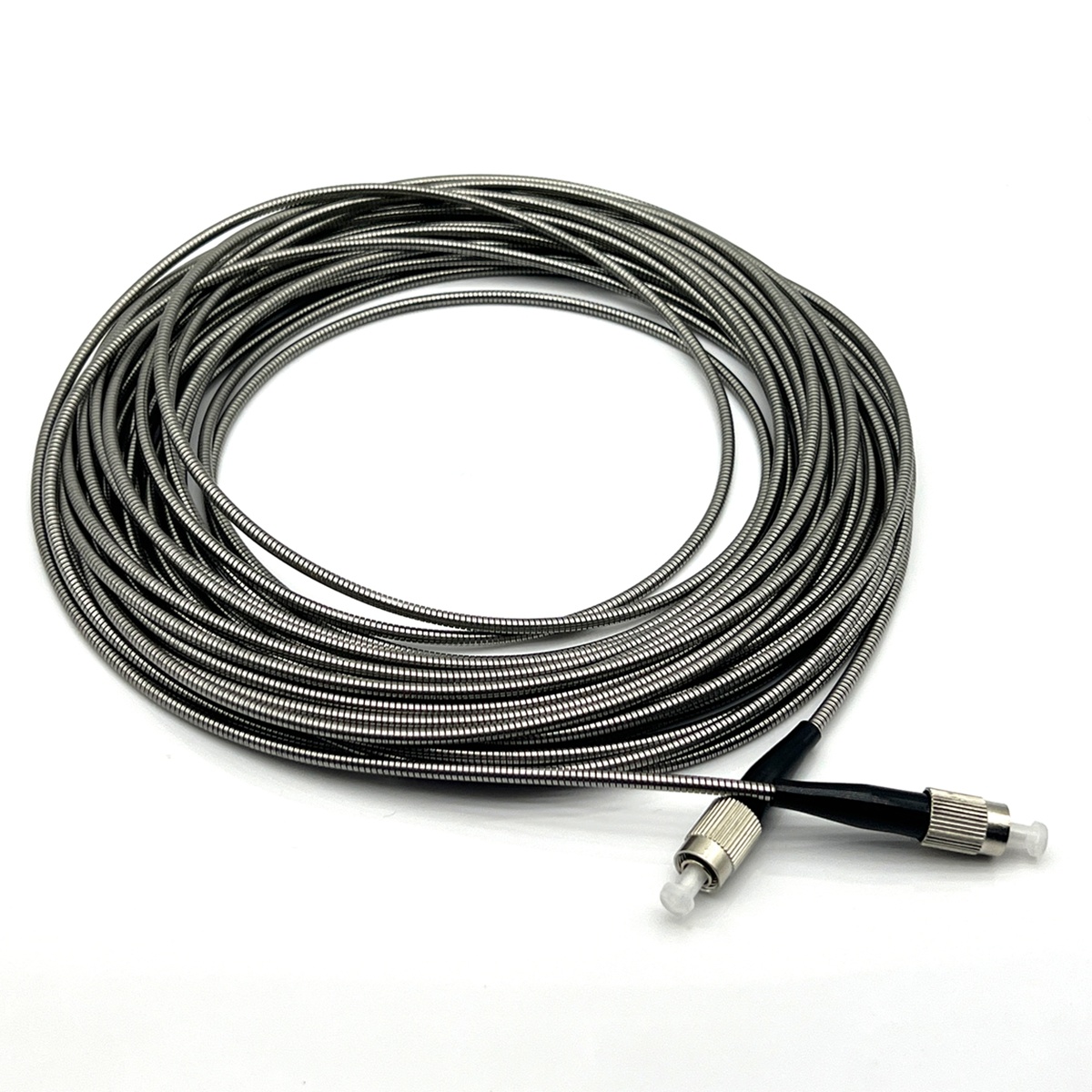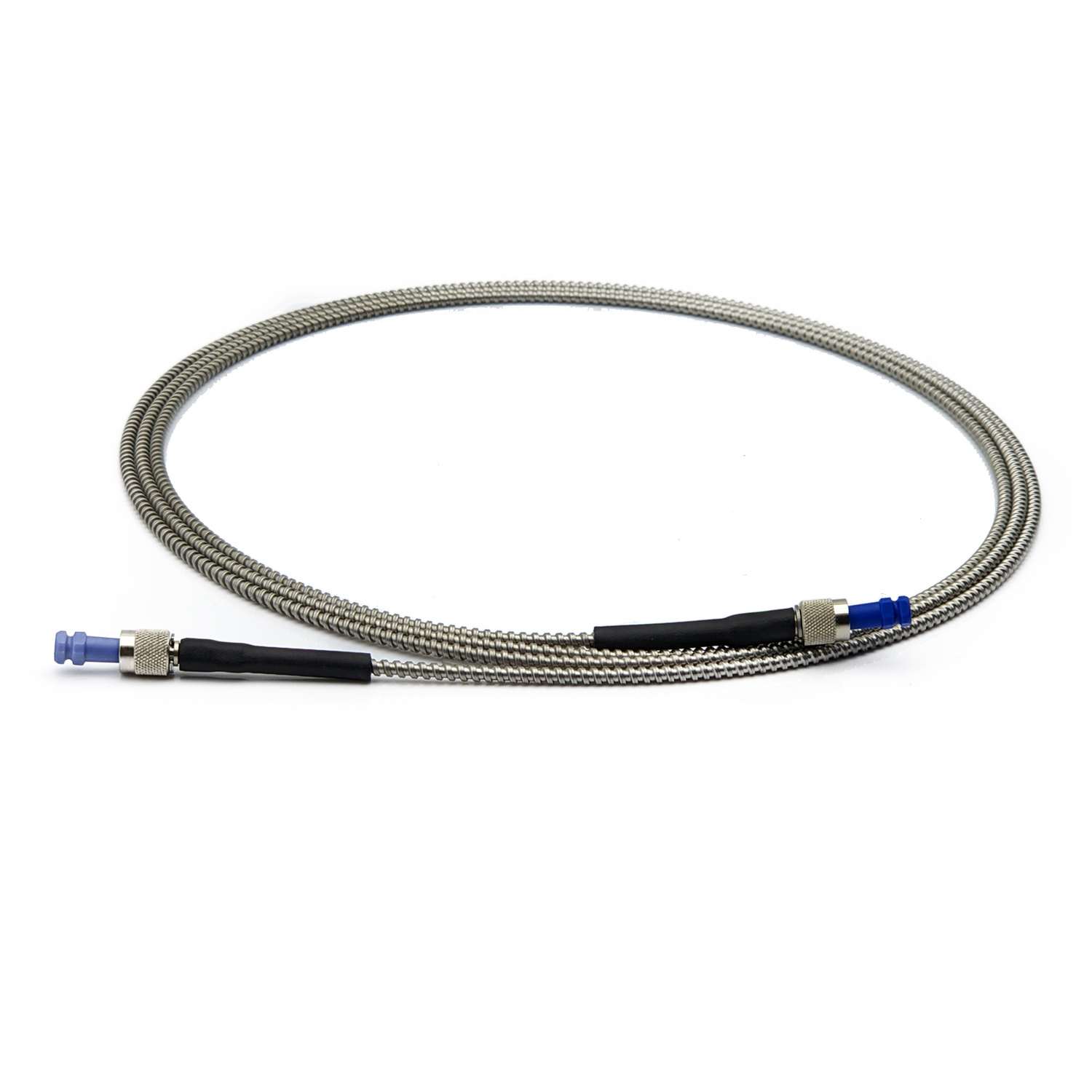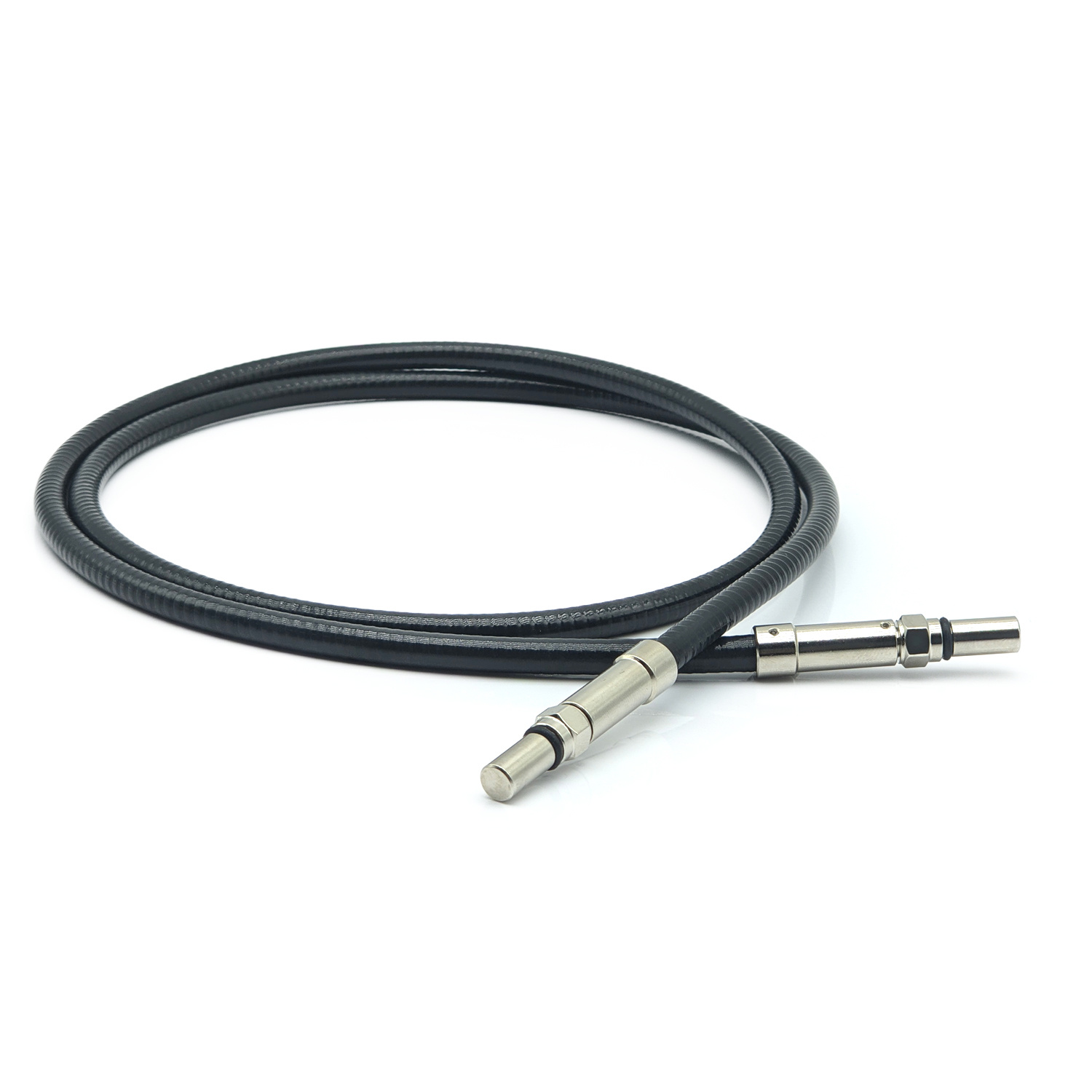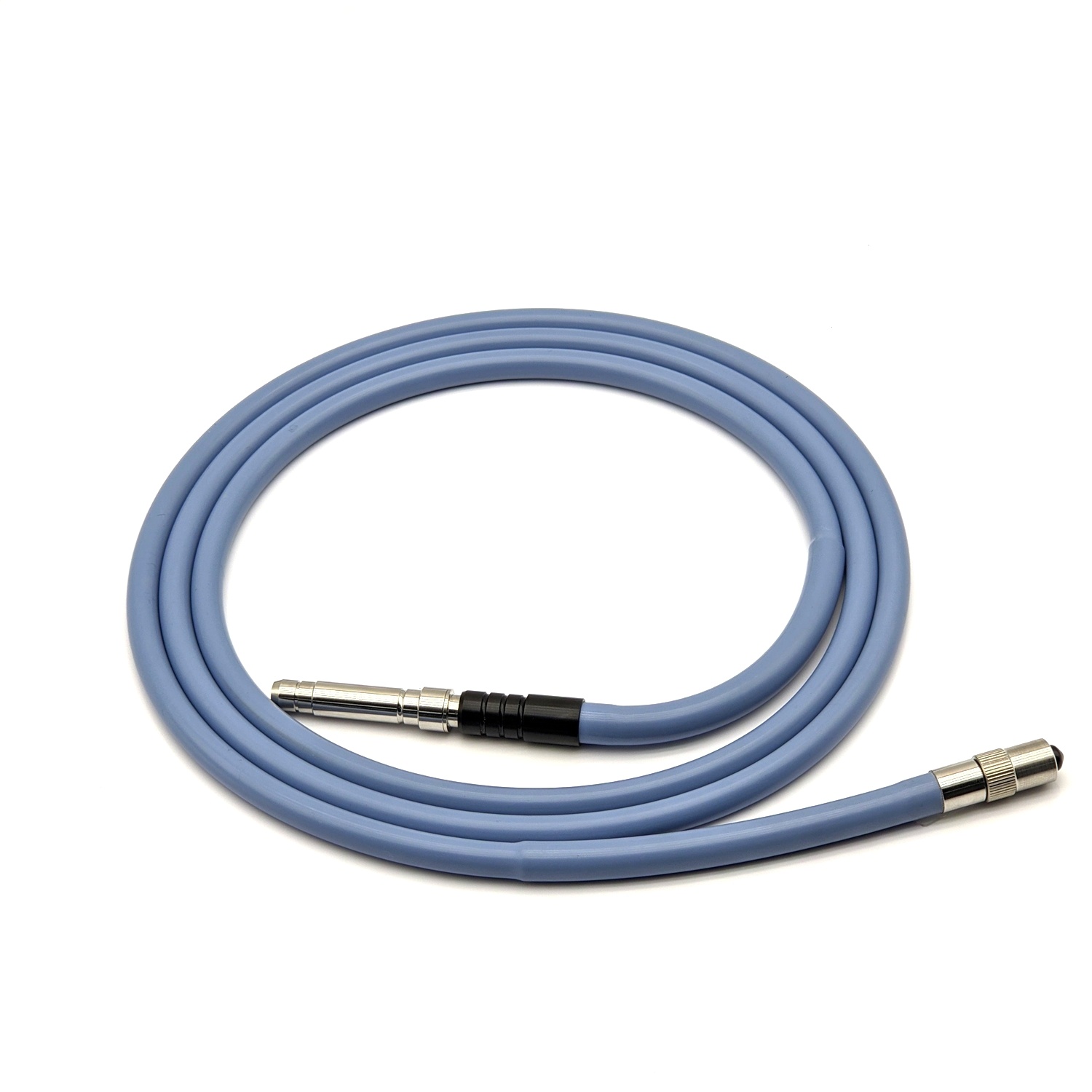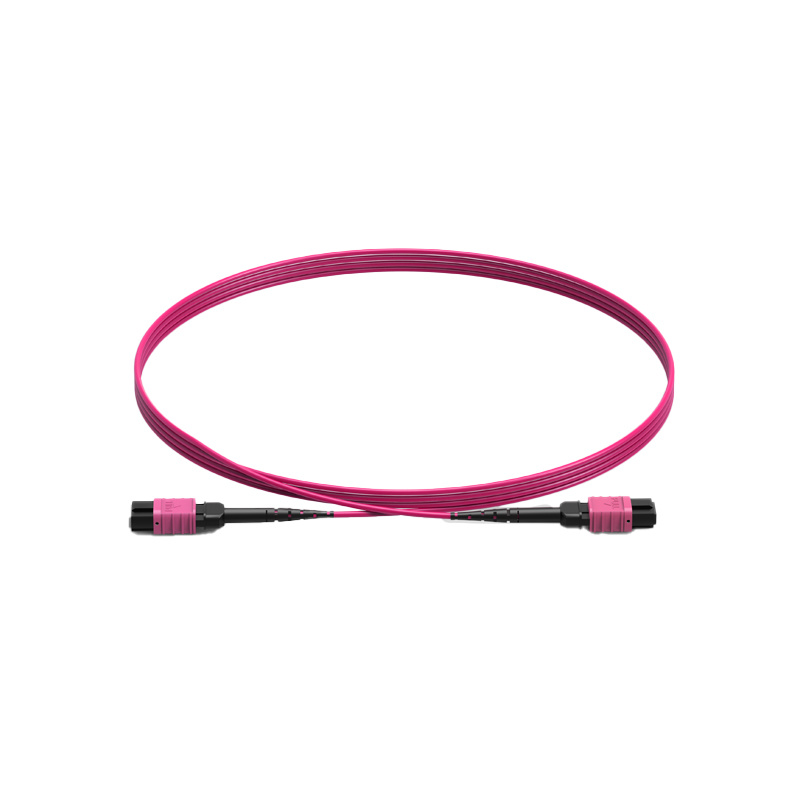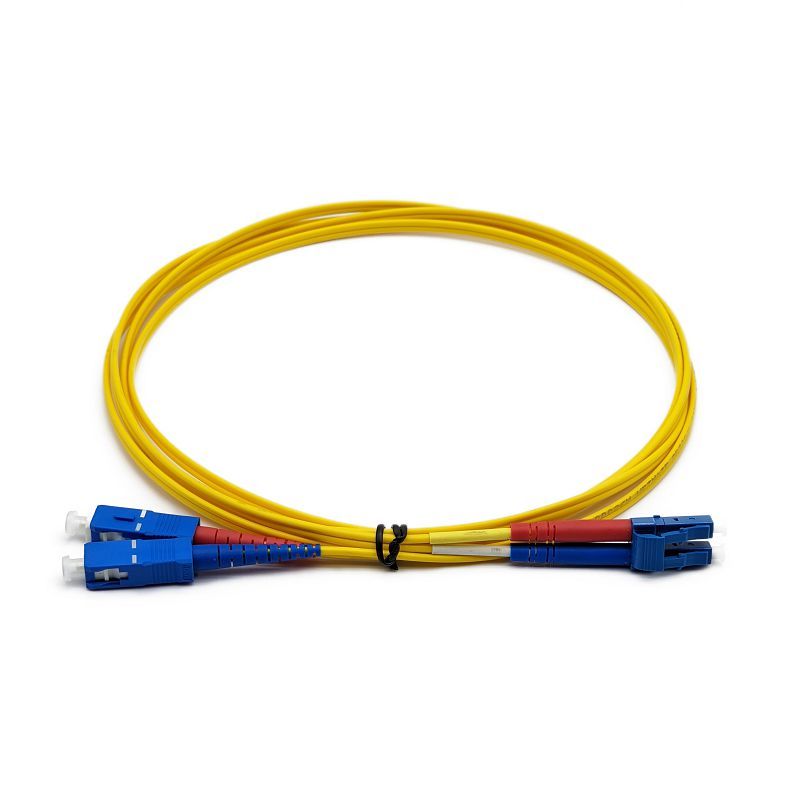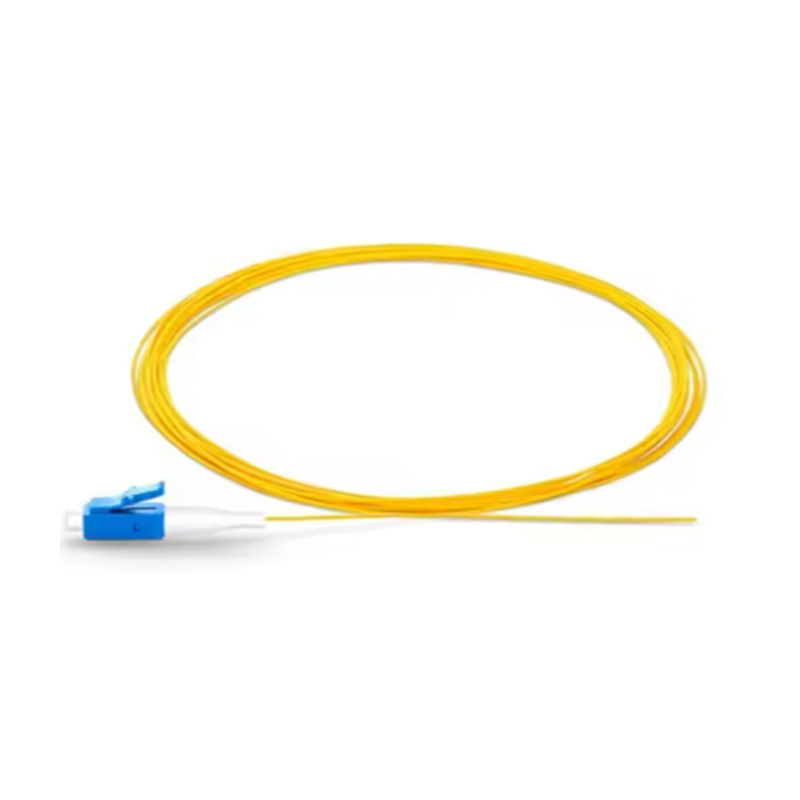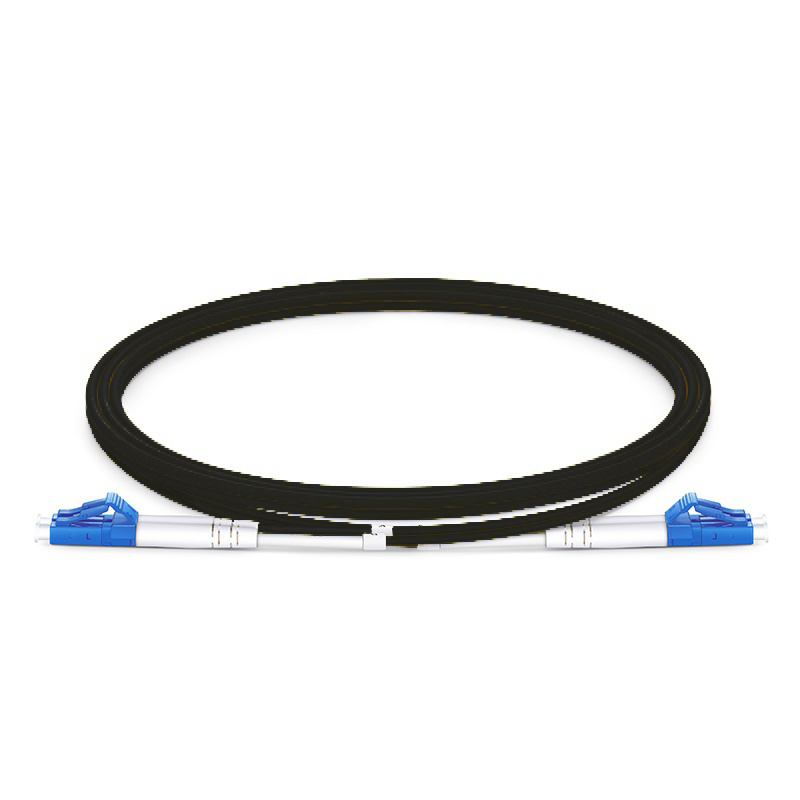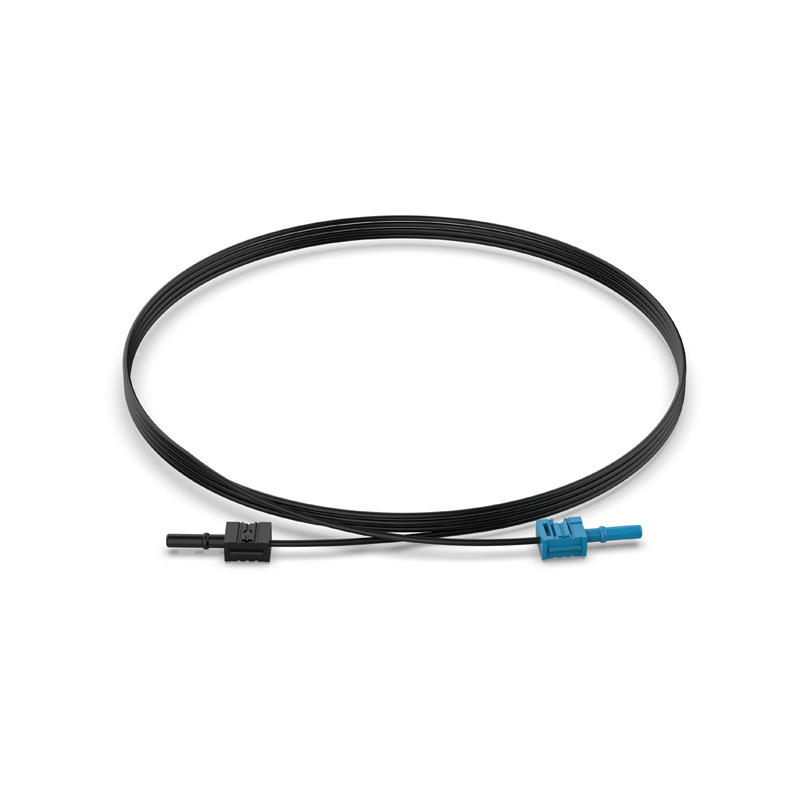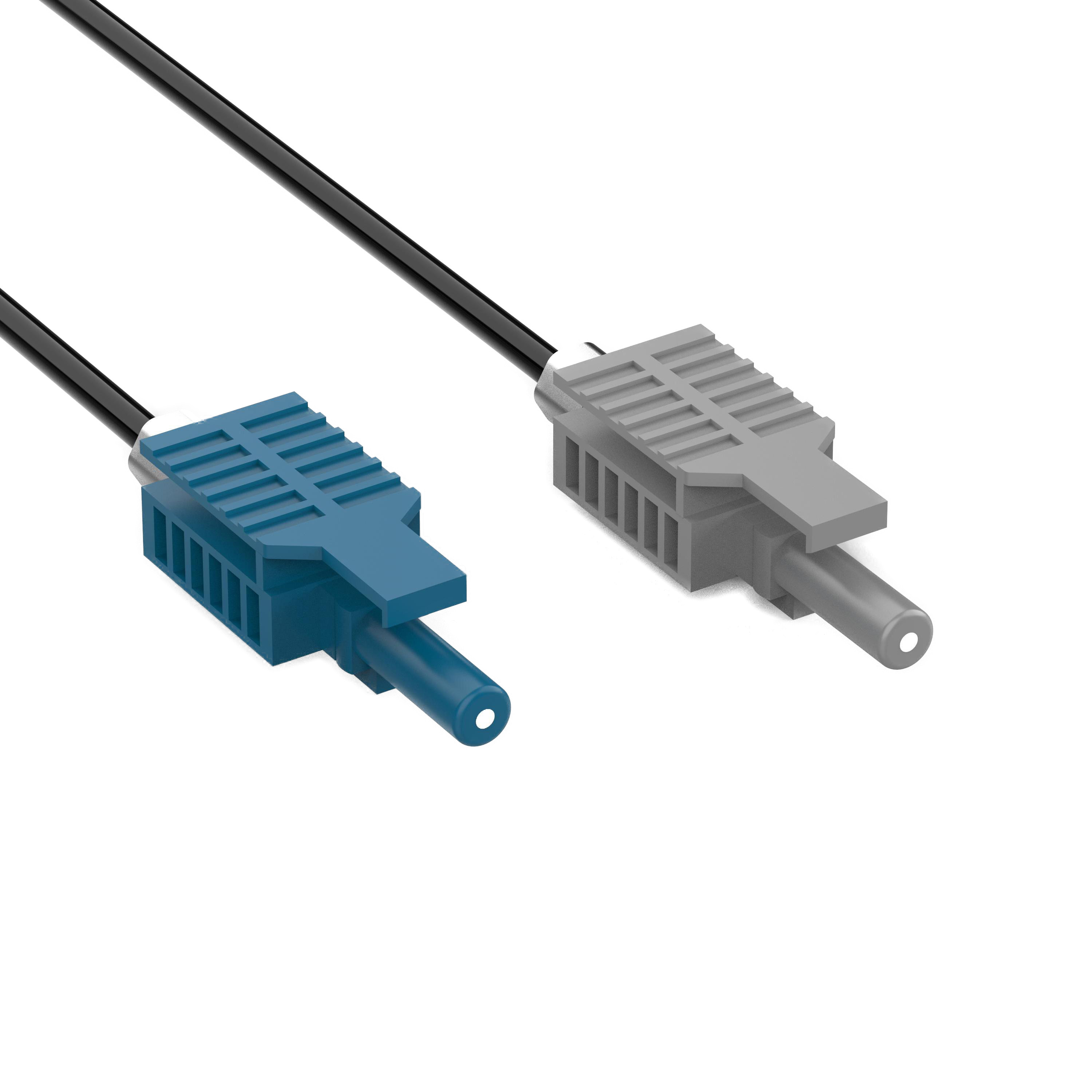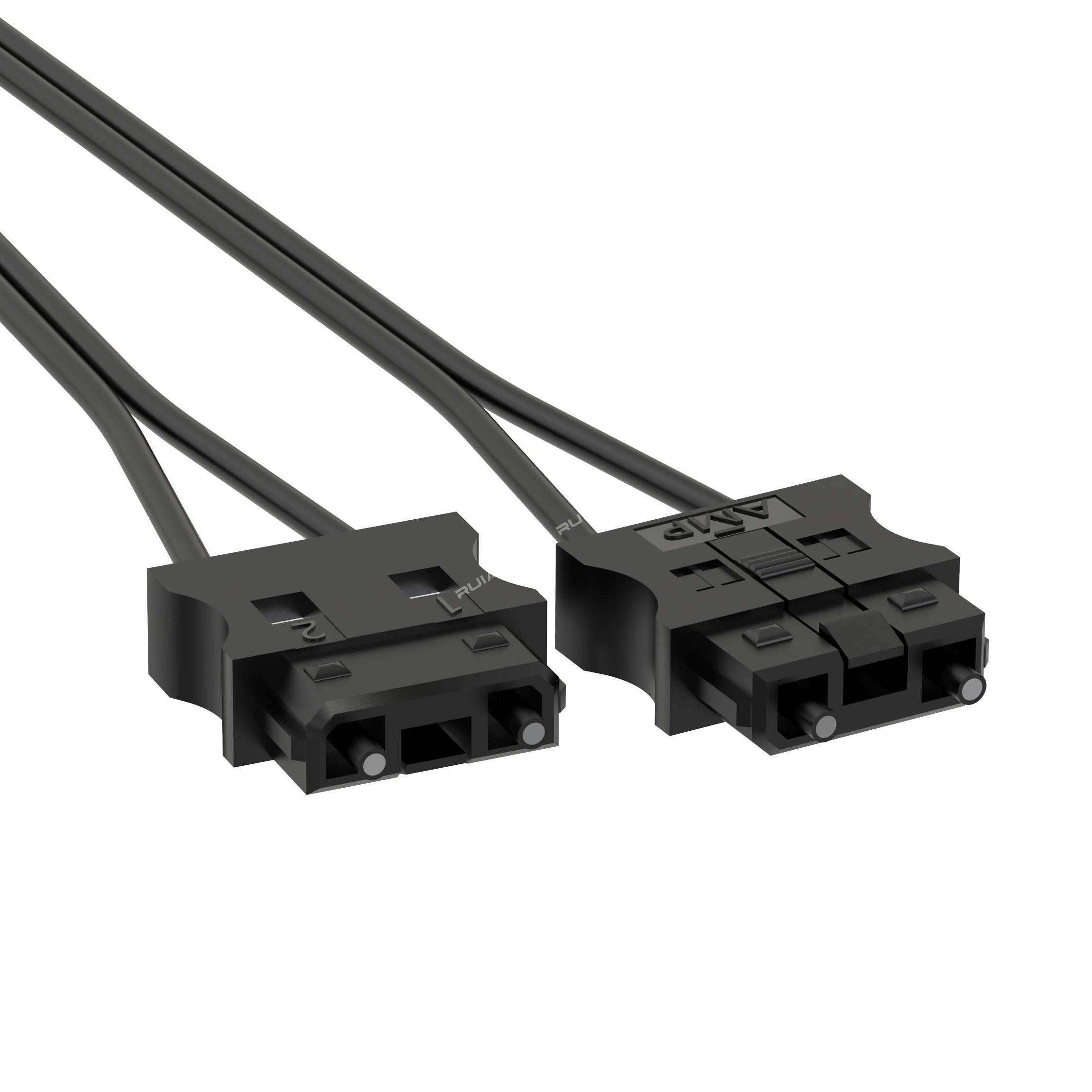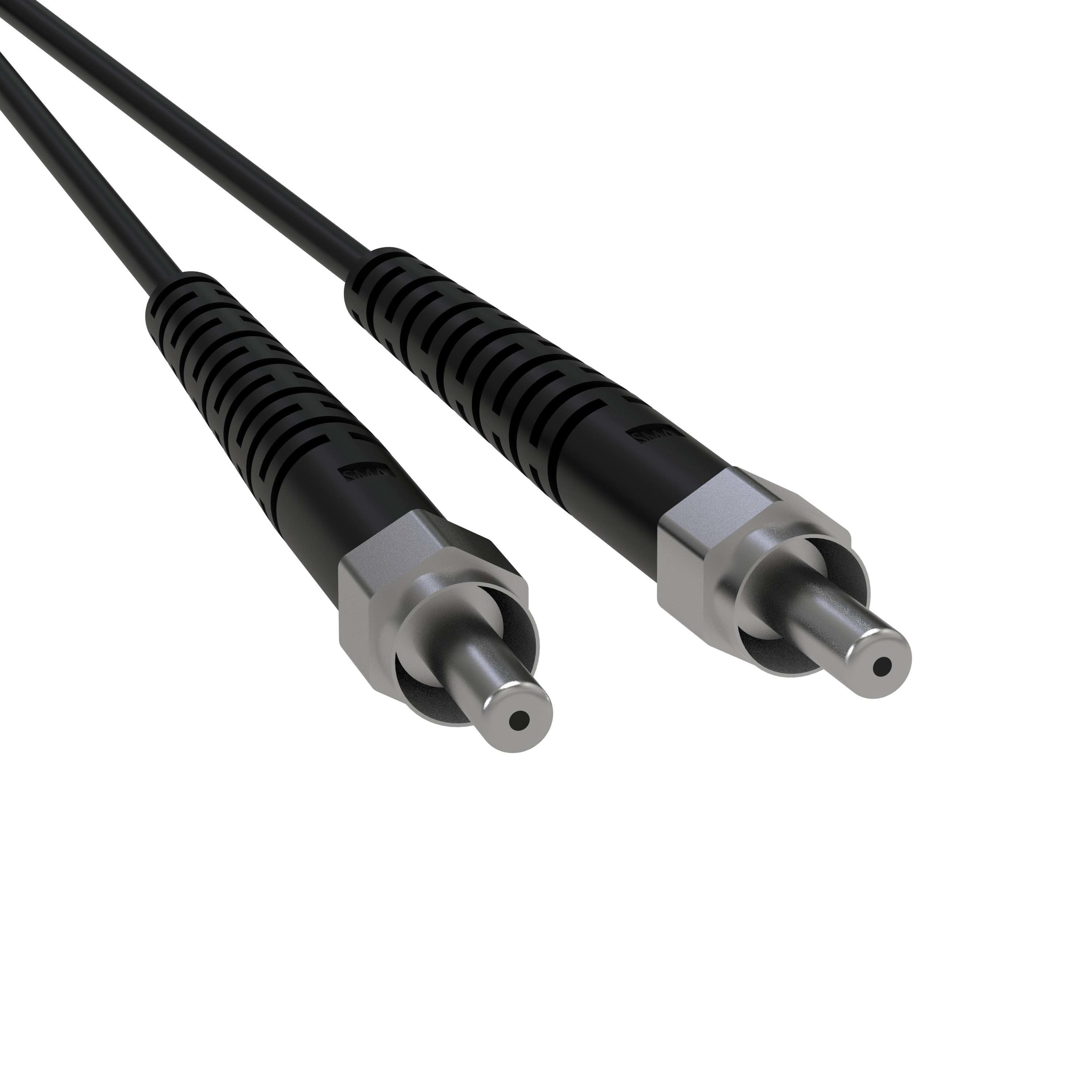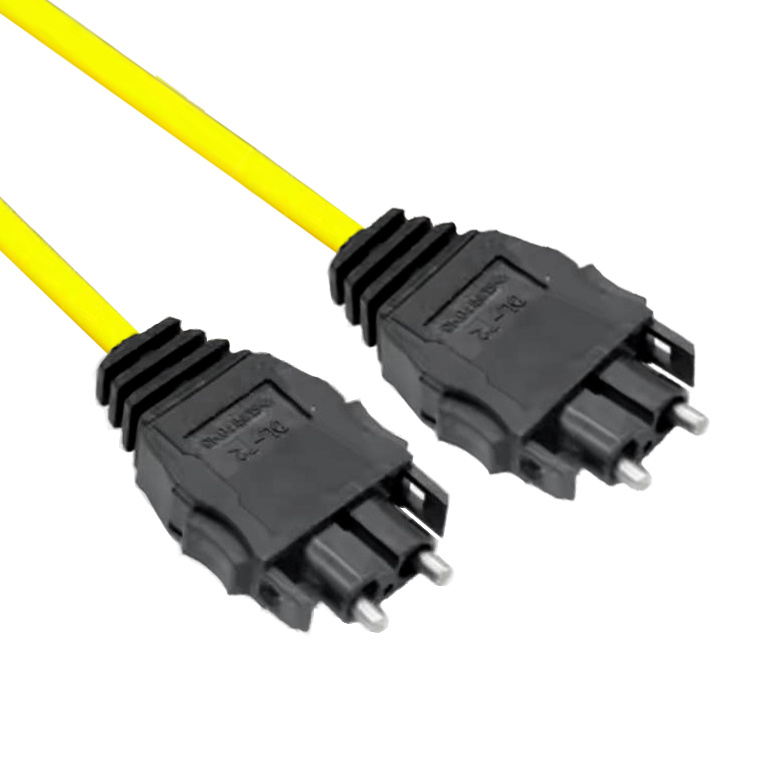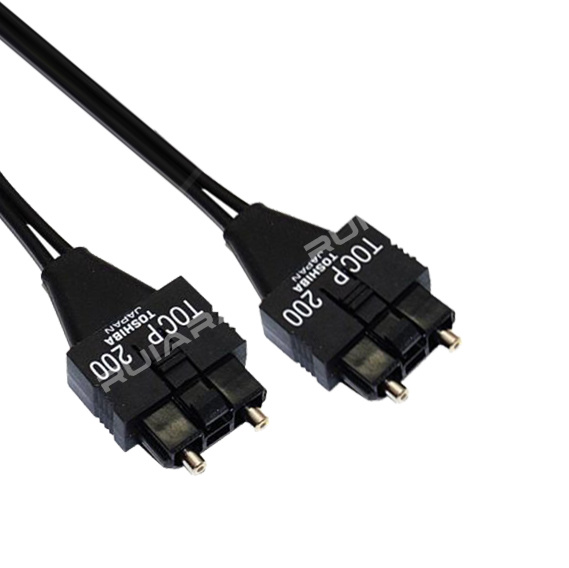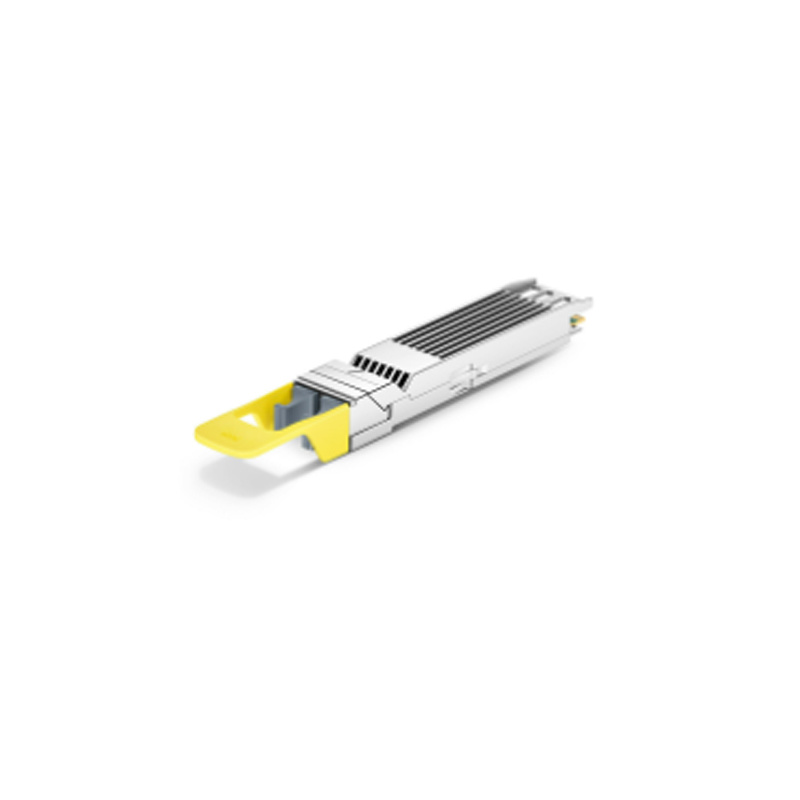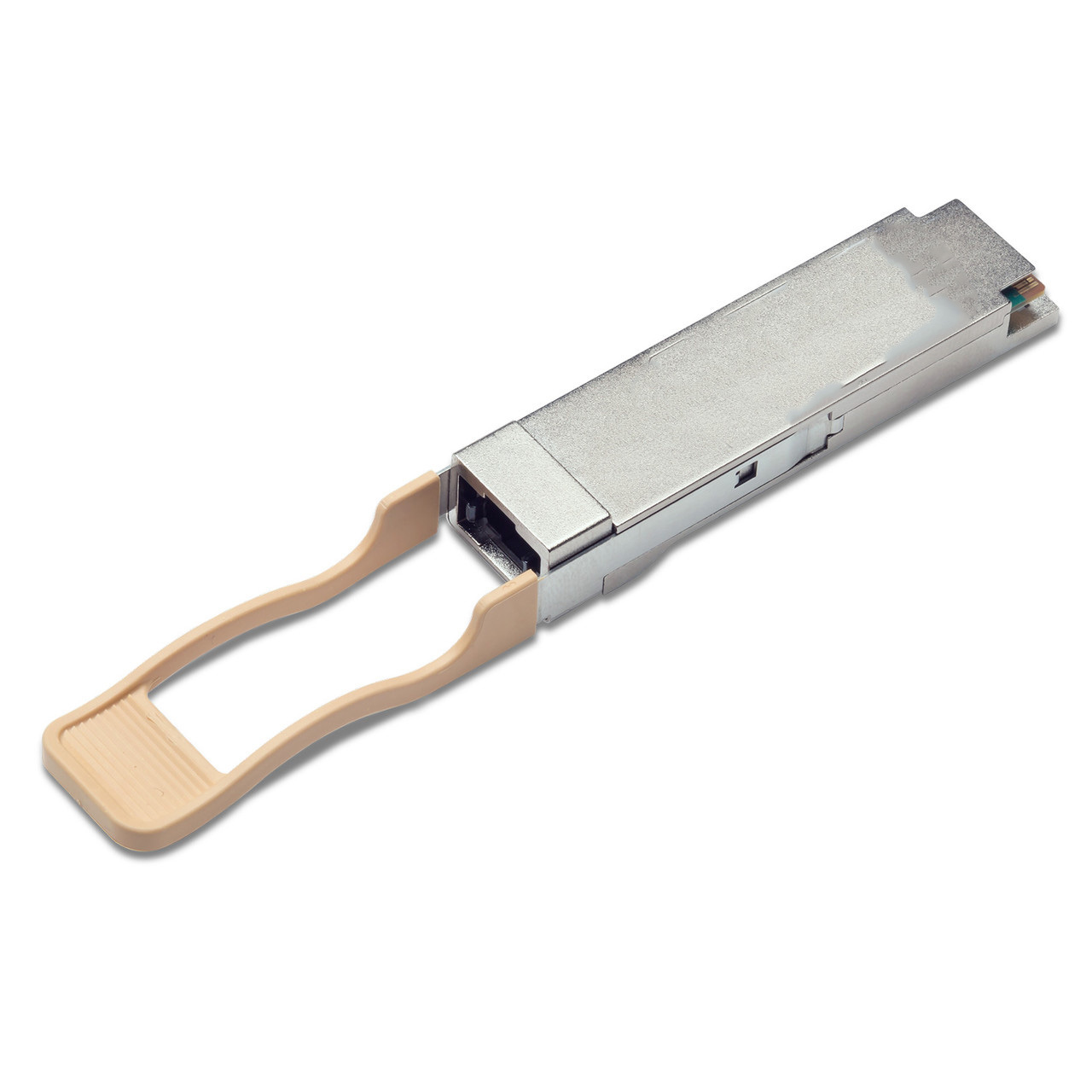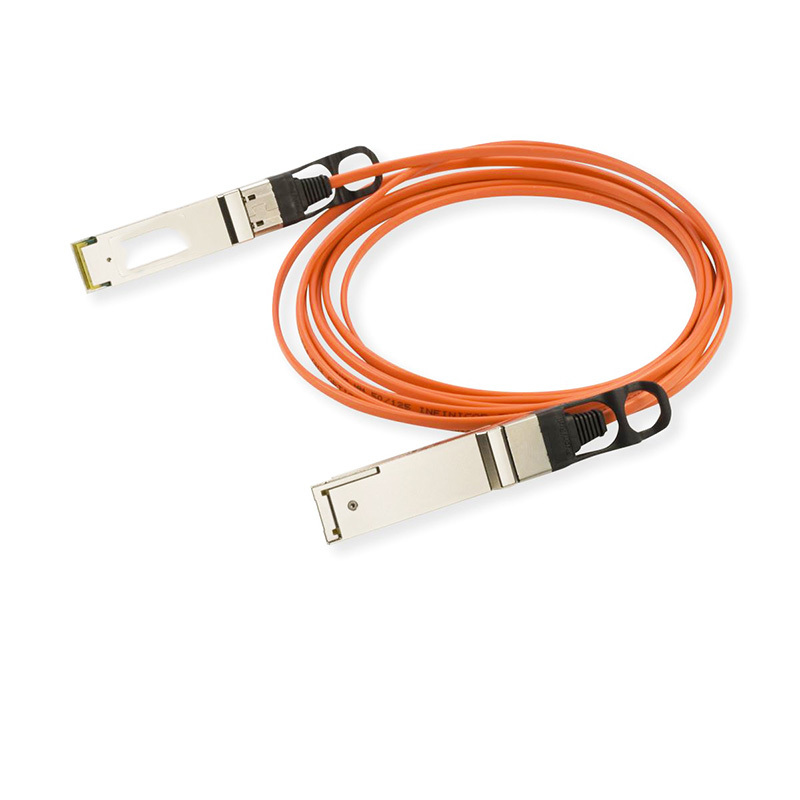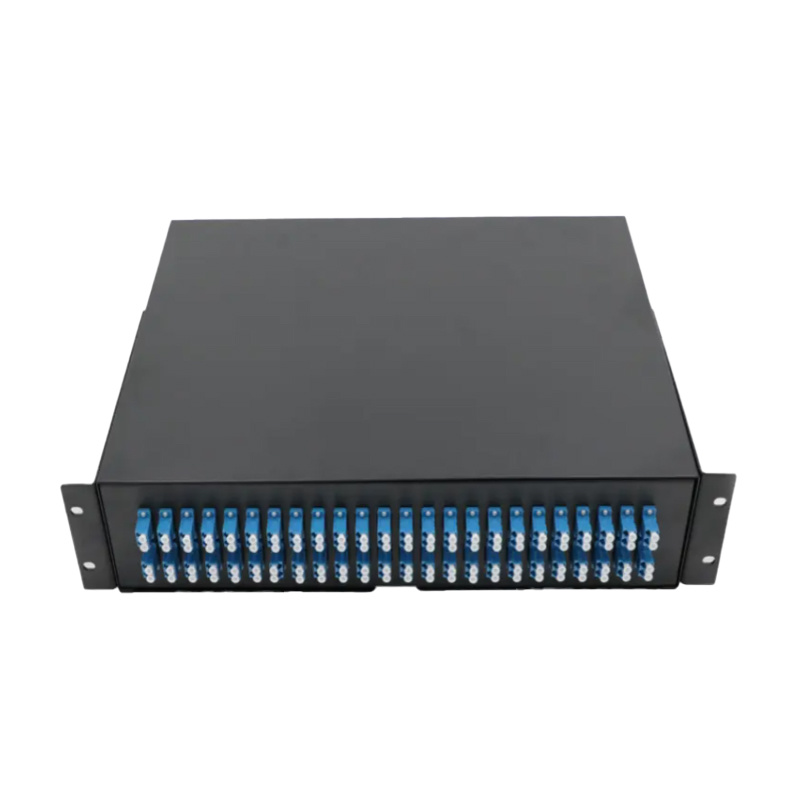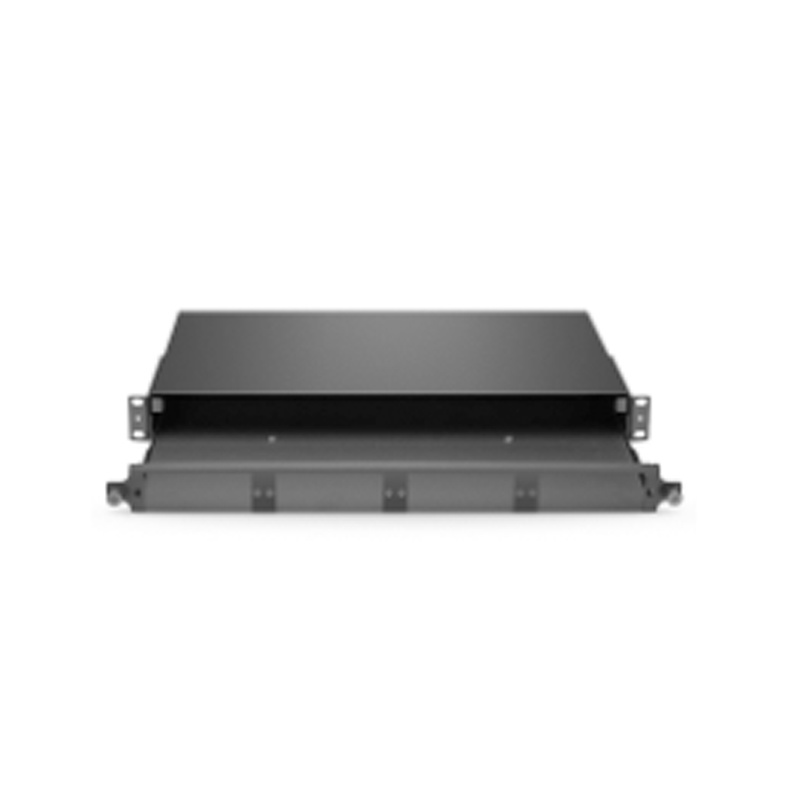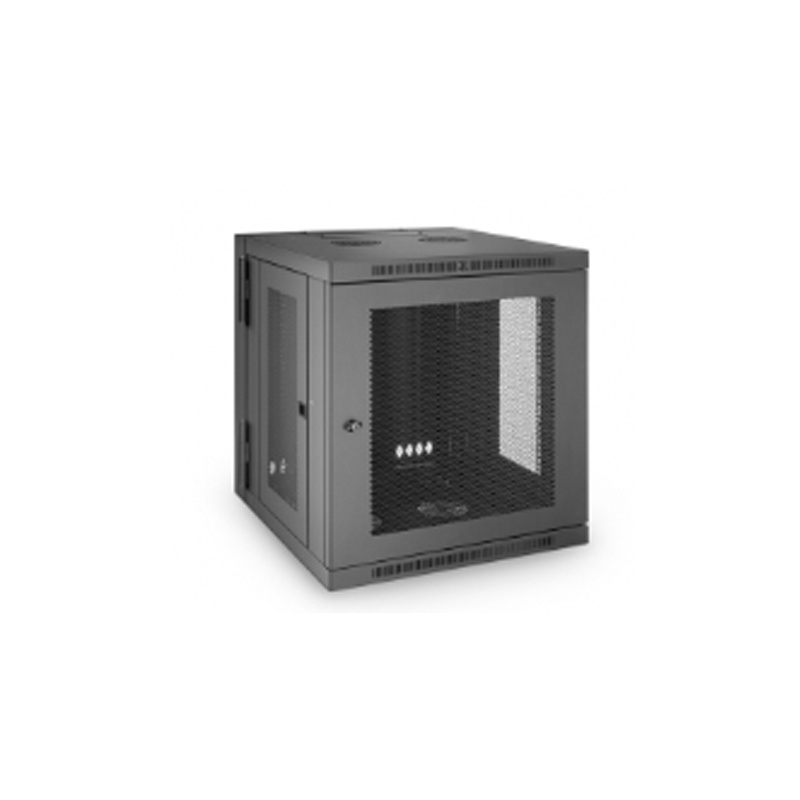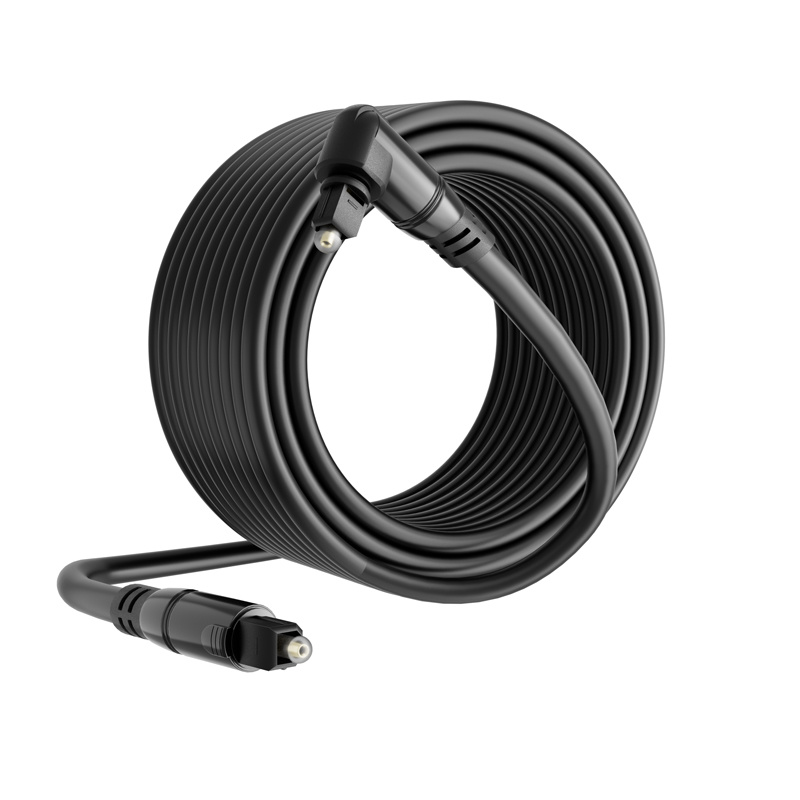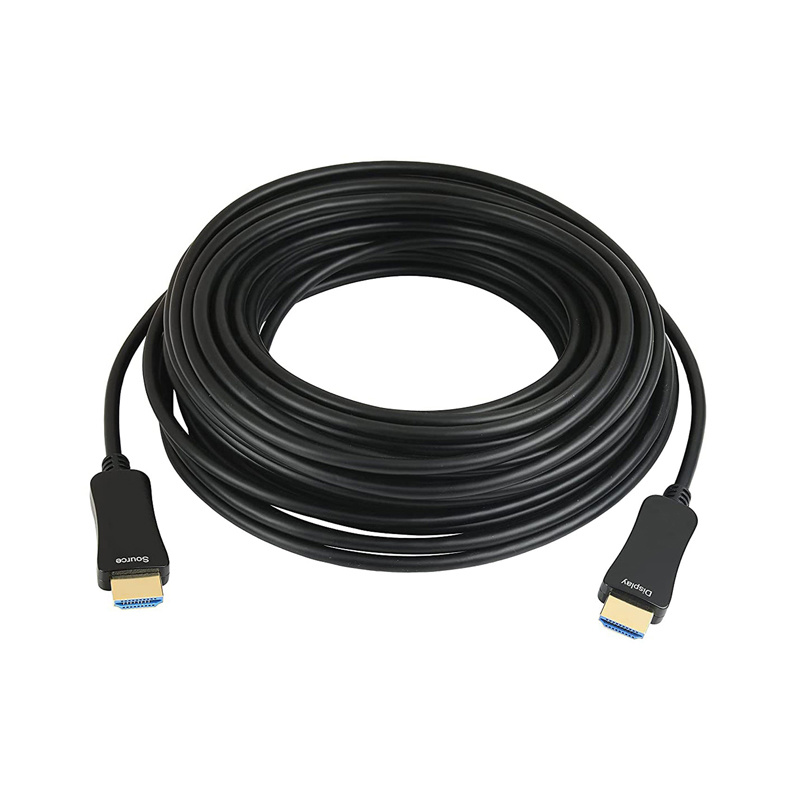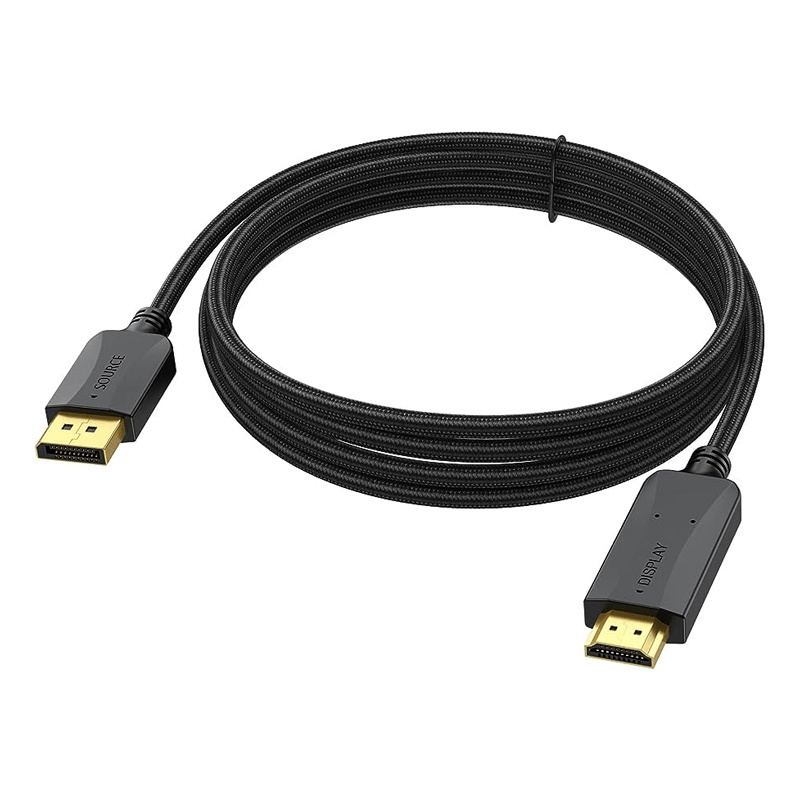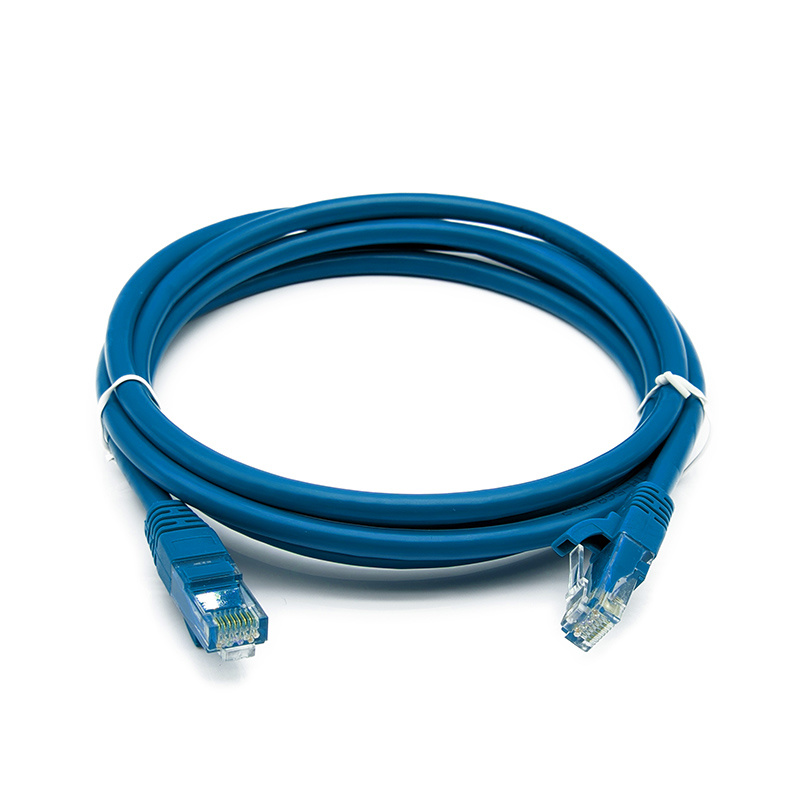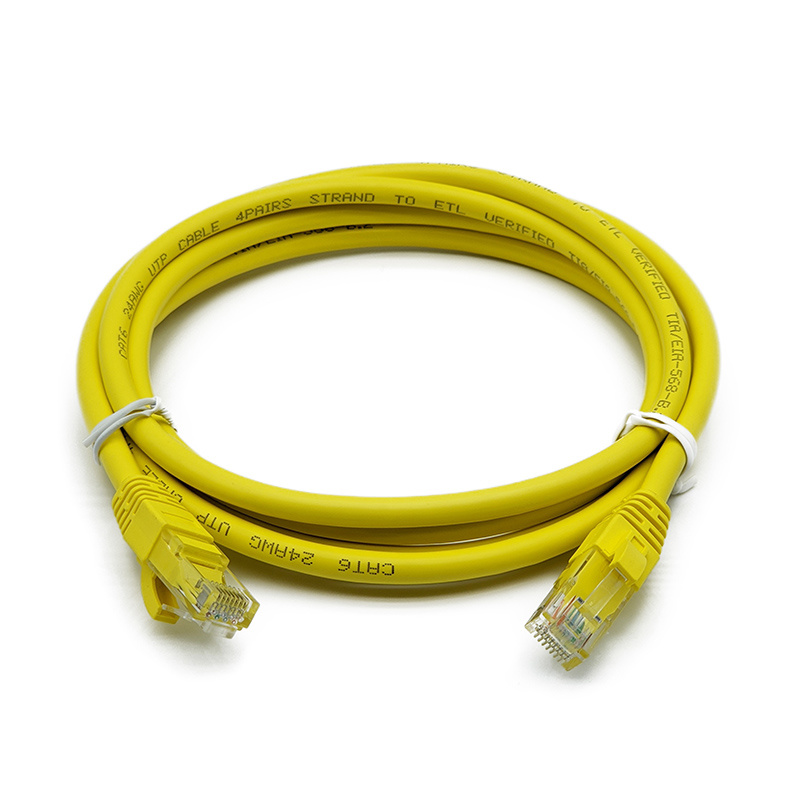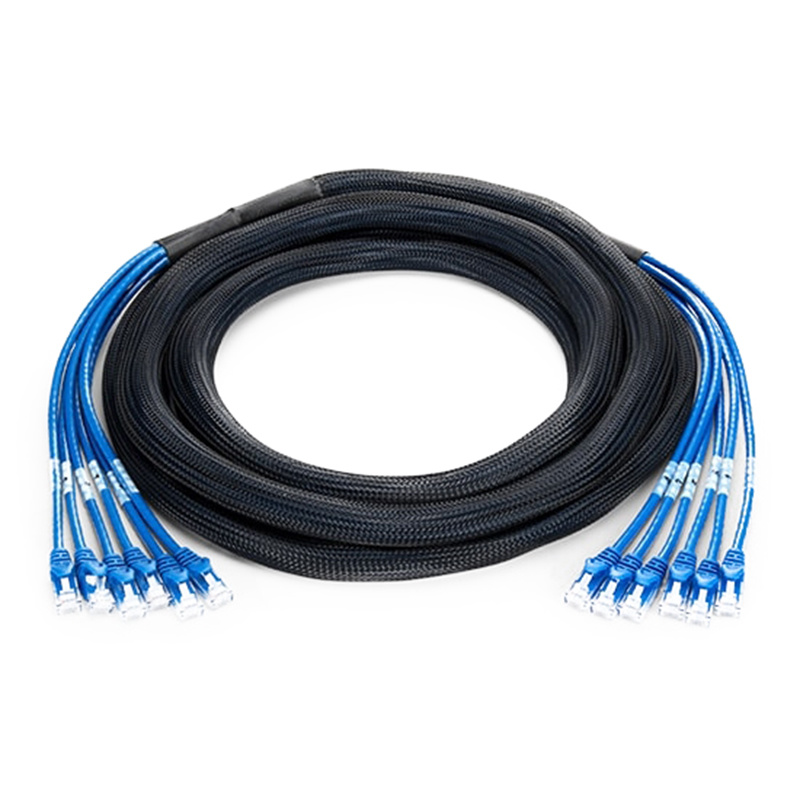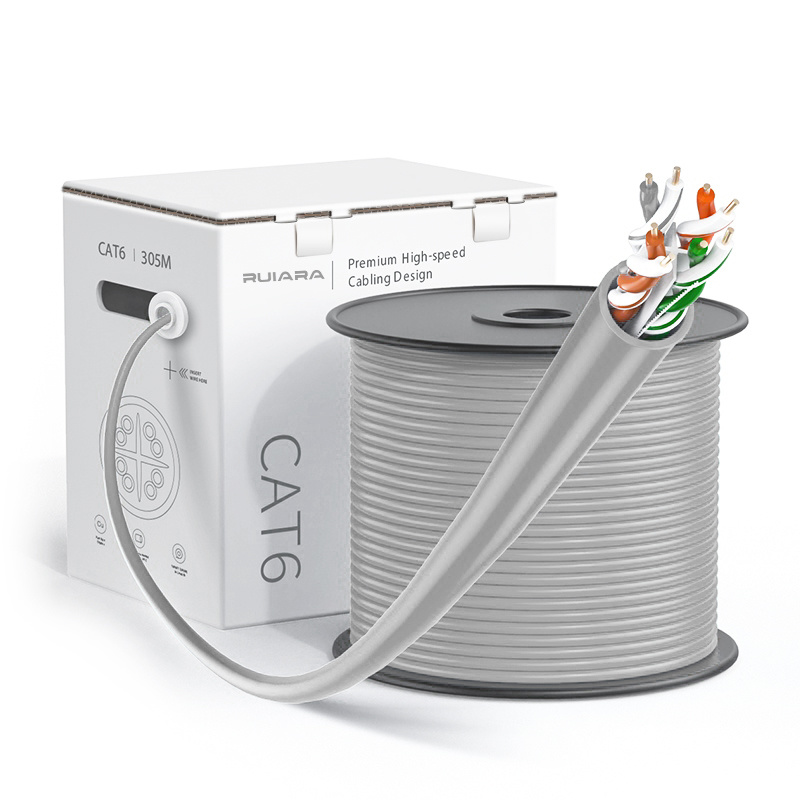The Evolution of Optical Communication and Breakthroughs in Hollow-Core Fiber (DNANF) Technology
Discover how Double Nested Anti-Resonant Nodeless Fiber (DNANF) redefines optical communication with record-low 0.091 dB/km loss, ultra-wide bandwidth (66 THz), and superior dispersion control—paving the way for faster, low-loss data transmission and next-generation telecommunication networks.
2025-10
Humanity’s pursuit of long-distance communication has driven centuries of technological innovation. From ancient fire beacons and Napoleon’s optical semaphore systems to the groundbreaking telegraph networks of the 1850s, every milestone has brought us closer to the dream of instantaneous global connectivity. The success of the first transatlantic telegraph cable in 1858—transmitting Morse code across the ocean—marked a turning point that shrank the world and revolutionized communication.
In the early 20th century, the discovery that modulated radio waves could reflect off the ionosphere to transmit signals over great distances further expanded communication capability. Yet, the noise, unreliability, and limited bandwidth of radio waves led to the development of high-quality cables capable of carrying multiple voice channels simultaneously. Heaviside’s coaxial cable, combined with advanced conductive and insulating materials, became the backbone of long-distance transmission for decades.
The transition from coaxial cables to optical fibers marked another milestone. The pioneering work of Charles Kao and George Hockham in the 1960s revealed that purified glass could carry modulated light signals across kilometers, inspiring Corning to develop the first low-loss optical fibers in the 1970s. This innovation launched the digital optical communication era, forming the backbone of today’s global telecommunications networks and making the Internet revolution possible.
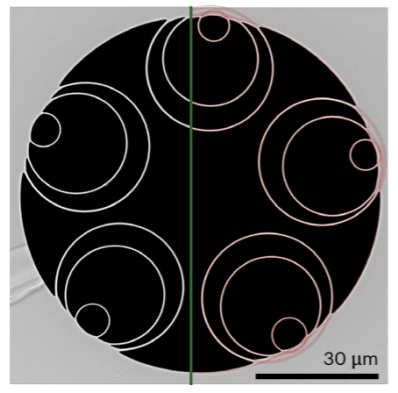
Scientific Principles of Hollow-Core Fiber Technology
Conventional optical fibers guide light through a solid glass core, where intrinsic scattering and absorption limit performance. In contrast, the new hollow-core fiber (HCF) design uses a central air core surrounded by a precisely engineered glass microstructure. Specifically, the Double Nested Anti-Resonant Nodeless Fiber (DNANF) represents a fundamental paradigm shift in light-guiding technology.
This breakthrough relies on the principles of anti-resonance and inhibited coupling. Instead of confining light within solid glass, the microstructured cladding creates conditions that allow light to remain primarily in the central air region, effectively minimizing loss. This eliminates many of the intrinsic limitations of traditional silica fibers—most notably Rayleigh scattering, which sets the theoretical loss floor for conventional optical fibers.
Manufacturing DNANF involves overcoming three primary loss mechanisms: leakage loss, surface scattering, and micro-bending loss. Each behaves differently depending on the geometry and wavelength, requiring advanced modeling and precise fabrication techniques. Researchers have developed comprehensive design models that accurately predict fiber behavior across multiple anti-resonant transmission windows, enabling systematic optimization of all key parameters.
Record-Breaking Performance Achievements
Experimental results demonstrate performance beyond any previously achieved in fiber-optic history. The manufactured HCF-2 fiber achieved an attenuation of just 0.091 dB/km at the critical 1550 nm wavelength—the lowest loss ever recorded for any optical waveguide. This milestone surpasses the long-standing loss limits of conventional silica fibers.
Even more impressive is the fiber’s broad bandwidth performance. It maintains losses below 0.1 dB/km across a 144 nm spectral range (≈18 THz), and below 0.2 dB/km over a 66 THz range from 1250 nm to 1730 nm—an improvement of 260% compared to standard telecom fibers, which typically offer only ~25 THz.
Comprehensive characterization confirmed the results through multiple techniques: optical time-domain reflectometry verified uniform attenuation along 15 km of fiber, and repeated cutback measurements established statistical confidence in spectral data. The fiber also exhibited exceptional mode purity, with intermodal interference below −70 dB/km, ensuring ultra-clean signal transmission suitable for long-haul communication systems.
Additional Advantages and Technical Features
Beyond record-low loss, hollow-core fiber technology offers several compelling advantages for next-generation communication systems. One major improvement is dramatically reduced chromatic dispersion—just 3.2 ps/nm/km at 1550 nm, compared with 21.8 ps/nm/km in standard fiber—simplifying digital signal processing and enabling longer transmission distances without dispersion compensation.
Another key benefit is higher transmission speed. Because light travels primarily through air rather than glass, the effective refractive index is closer to that of a vacuum, allowing a 45% increase in propagation velocity. Furthermore, the air core nearly eliminates optical nonlinearities that degrade high-power signals, making it ideal for high-capacity, high-power optical transmission.
Manufacturing requires advanced stack-and-draw techniques in which precision-formed glass capillaries are assembled around the air core. The critical membrane thickness—around 500 nm—must remain highly uniform to achieve the desired anti-resonant behavior. Quality control involves scanning electron microscopy for geometric verification and broad-spectrum optical testing for optical performance assurance.
Future Development and Technological Impact
The significance of this breakthrough extends far beyond achieving record-low attenuation. Theoretical modeling shows that DNANF technology can operate efficiently across an unprecedented wavelength range—from 700 nm (visible) to beyond 2400 nm (mid-infrared)—opening new opportunities for advanced optical communication systems.
For instance, ytterbium-based amplifiers operating near 1060 nm provide 13.7 THz gain bandwidth, bismuth-doped amplifiers can offer up to 21 THz across the O/E/S bands, and thulium- and holmium-doped systems near 2000 nm can deliver over 31 THz. By tailoring DNANF designs to these regions, future communication systems could access 5–10× more bandwidth than today’s C- and L-band systems.
Research also points toward even lower loss—potentially near 0.01 dB/km—by increasing core diameter and using mechanically stronger glass and coatings. Models predict 0.033 dB/km for a 40 µm core and 0.018 dB/km for a 50 µm core. Though larger fibers may pose challenges in flexibility and installation, their superior performance could justify use in ultra-long-haul or specialized high-performance applications.
Implications for Future Communication Networks
This technological leap represents a new frontier in optical waveguide engineering. Combining loss below 0.1 dB/km with extraordinary bandwidth capacity, hollow-core DNANF technology stands as a strong candidate for future communication networks. It not only delivers lower attenuation but also reduces dispersion, suppresses nonlinear effects, and enhances transmission speed.
Potential applications extend across telecommunications, remote laser delivery, scientific instrumentation, and precision sensing—any field requiring low-loss, long-distance optical power or data transmission. As manufacturing techniques mature and scalability improves, this technology may address the ever-increasing global demand for bandwidth while improving energy efficiency and signal reach.
Ultimately, the success of hollow-core fiber demonstrates that innovative waveguide design can overcome long-standing physical limits. With continued research, process optimization, and standardization, DNANF technology is poised to play a pivotal role in next-generation optical communication networks, bridging the gap between laboratory breakthroughs and large-scale industrial deployment.
Related News
Hollow-Core Fiber: A Key Breakthrough for Data Center Interconnect
Hollow-core fiber (HCF) uses air instead of glass to transmit light, delivering lower latency, lower loss, and higher capacity than conventional fibers. With rapid progress in technology, HCF is poised to enable next-generation data center interconnects and other low-latency, high-capacity networks.
Unlocking High-Speed Data Transmission: The Comprehensive Benefits of MPO Optical Connectors
In today's digital landscape, the demand for high-speed data transmission continues to grow exponentially. As businesses and individuals alike strive for seamless connectivity, the selection of appropriate connectivity hardware becomes crucial.

